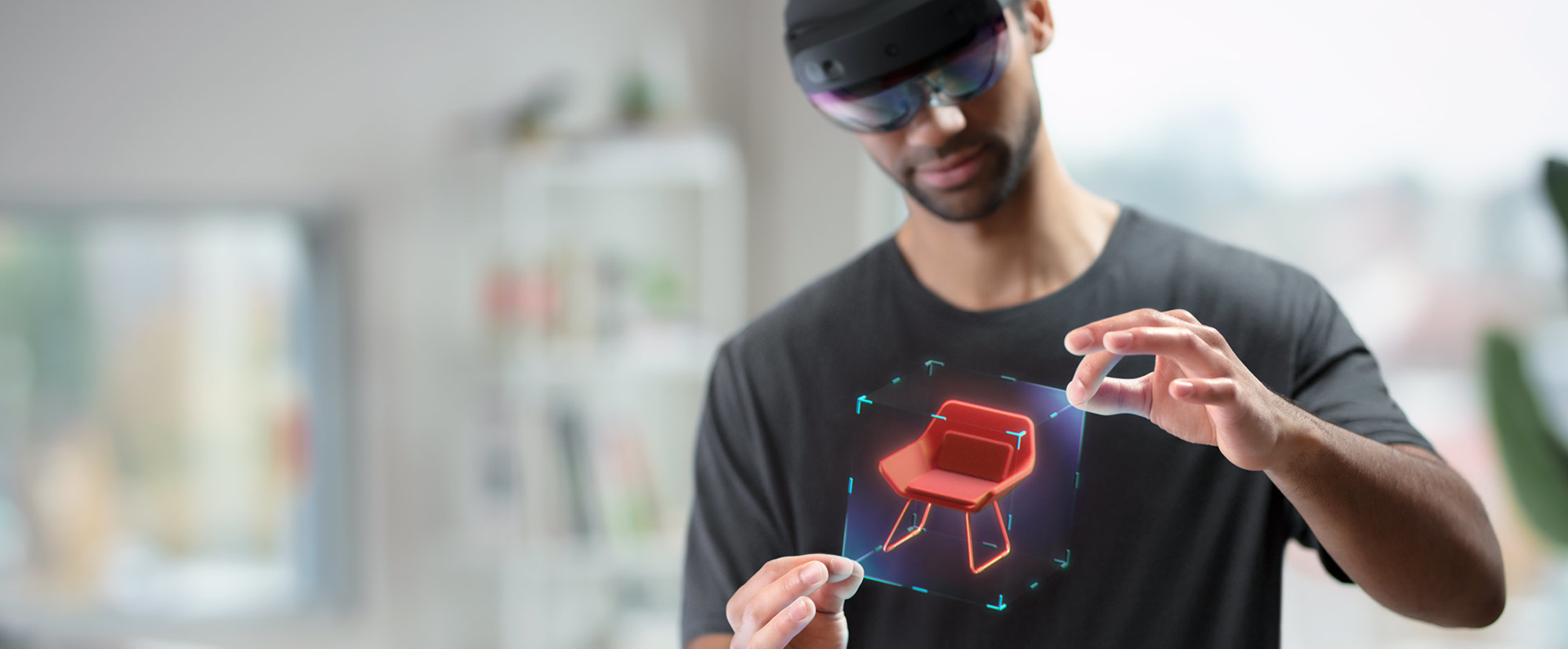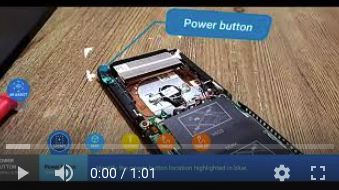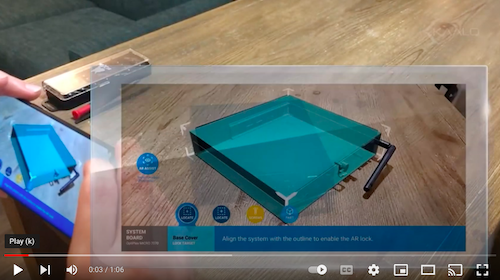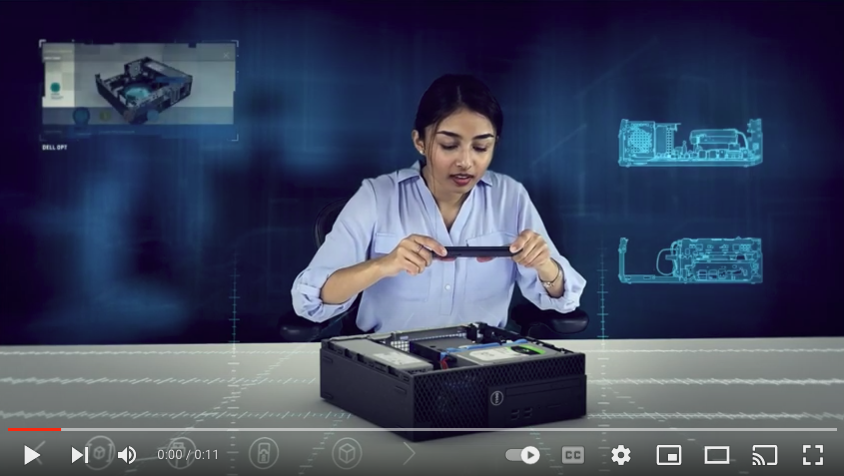Microsoft’s Multibillion-Dollar Deal with the Army
In March of 2021, the U.S. Army announced an almost $22 billion deal with Microsoft for a specialized version of their Hololens along with software and services. These augmented reality devices, based on the integrated visual augmentation system (IVAS) prototype version of the Hololens would only account for a small fraction of the cost; the rest covers services and Microsoft’s Azure computing. The headset employs augmented reality to project maps, a compass and thermal imaging over the real-world environment. It can help a soldier aim a weapon and can be used for training and rehearsal as well as actual combat. The deal is for a five-year term with an optional five additional years.
“The IVAS headset, based on HoloLens and augmented by Microsoft Azure cloud services, delivers a platform that will keep soldiers safer and make them more effective.”
~ Alex Kipman, technical fellow at Microsoft, introducer of the HoloLens in 2015
Apple’s New AR/VR Headset and Glasses
While Microsoft has secured a coveted government contract, Apple is focusing on the private sector. Apple has dabbled in AR and VR for almost two decades, but with the popularity of ARKit, their augmented reality platform for iOS, they’ve committed more resources to the technology. Apple has plans to roll out an AR headset in 2023 and the sleeker AR glasses in 2024 or 2025. The headset will contain a processor on par with that in their Mac computers and will be able to operate independently of a computer or smartphone. The headset will support both AR and VR (mixed reality) like Microsoft’s Hololens.
But despite AR being virtual reality’s less flashy cousin (It doesn’t create a virtual environment, only enhances our existing one), Apple ultimately seems more interested in AR (according to MacRumors) due to AR’s wide range of applications. The headset will run an operating system called rOS or “Reality OS,” and Apple plans an entire app store to provide immersive applications for the hardware. Apple Glasses (the potential name of the headset’s sleeker offspring) will be a slimmer version that resembles traditional eyewear. They will even be capable of integrating with prescription lenses.
What These Augmented Reality Investments Mean
Clearly, both Microsoft and Apple see augmented reality as playing a significant role in our future. AR can improve the safety and efficiency of combat, healthcare, shopping, of walking down the street to the coffee shop. AR is going to be part of our lives in the near future in a wide variety of settings, from the armed forces to your living room armchair.









